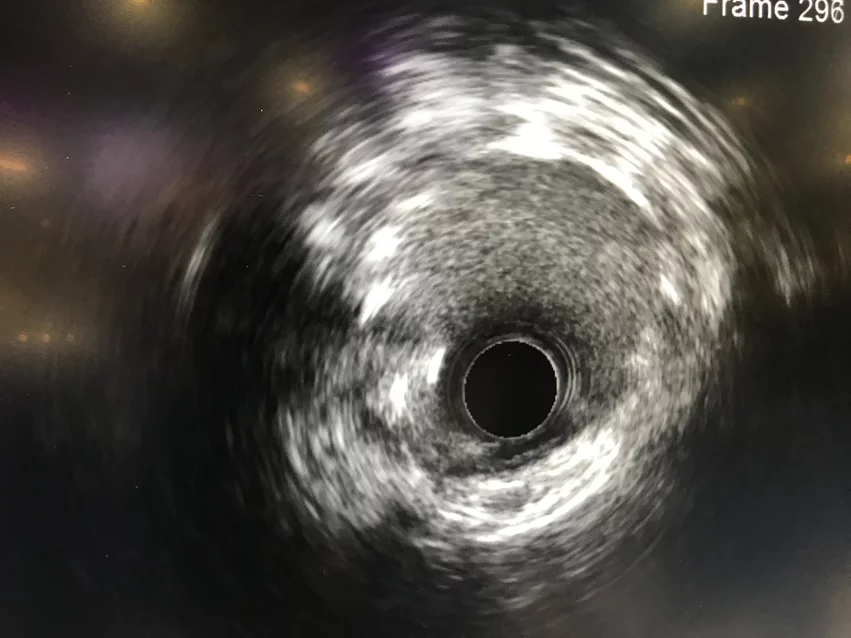Cardiology, radiology groups urge insurance provider to rethink imaging policy
Prominent healthcare organizations from the worlds of cardiology and radiology are asking UPMC Health Plan, a health insurance provider with 3.9 million members, to reconsider its opinion that intravascular ultrasound (IVUS) is still “experimental and investigational” in a number of clinical scenarios.
The Association of Black Cardiologists, Outpatient Endovascular and Interventional Society, Society of Interventional Radiology, Society for Cardiovascular Angiography and Interventions (SCAI) and Society for Vascular Surgery (SVS) all signed a joint letter highlighting why they “strongly disagree” with UPMC’s stance. The groups highlighted the significant impact IVUS can make on care for patients with peripheral artery disease (PAD), for example, pointing to recent guidelines and clinical studies.
“Broader use of IVUS in PAD is aligned to multi-disciplinary and multi-societal expert opinion and its impact on amputation rates is consistent with the American Heart Association’s goal to reduce amputations by 20% nationally by 2030,” the groups wrote in the letter.
The letter also referenced a document from January 2024 that summarized a roundtable discussion SCAI organized about the importance of PAD.
“UPMC is reviewing our request and will take it into consideration,” according to an SCAI statement. “It is SCAI’s hope that UPMC will update their policy that considers IVUS experimental and investigational.”


